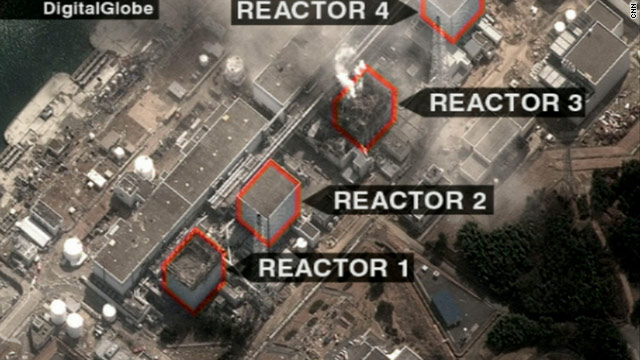

Tiny amounts of radiation have continued leaking into the sea and elsewhere through underground passages, though the amount today is small and fish caught off the coast are safe to eat, scientists say. Tons of contaminated sandbags filled with a material used to reduce cesium in the highly radioactive water early in the disaster remain in two basements. Part is recycled as cooling water, with the remainder stored in 1,000 huge tanks crowding the plant.Įarly in the crisis, highly contaminated water that leaked from damaged basements and maintenance ditches escaped into the ocean, but the main leakage points have been closed, TEPCO says. Since the disaster, contaminated cooling water has constantly escaped from the damaged primary containment vessels into the reactor building basements, where it mixes with groundwater that seeps in. Water Leaks Indicate New Damage at Fukushima Nuclear Plant Plant chief Akira Ono says the inability to see what's happening inside the reactors means that details about the melted fuel are still largely unknown.

Remote-controlled robots with cameras have provided only a limited view of the melted fuel in areas still too dangerous for humans to go. The melted cores in Units 1, 2 and 3 mostly fell to the bottom of their primary containment vessels, some penetrating and mixing with the concrete foundation, making removal extremely difficult. If the plant’s pools lose their cooling water in another major quake, exposed fuel rods could quickly overheat and cause an even worse meltdown. Separate efforts to remove spent fuel from cooling pools inside the reactor buildings were hampered by high radiation and debris and have been delayed for up to five years. Satellite image ©2021 Maxar Technologies via APĪbout 900 tons of melted nuclear fuel remain inside the three damaged reactors, and its removal is a daunting task that officials say will take 30-40 years. These satellite image provided by Maxar Technologies shows Fukushima Daiichi nuclear power plant and the burning reactor in Okuma, Fukushima prefecture, Japan on Ma(left) and on Febru(right). The plant's operator, Tokyo Electric Power Co., says the tsunami couldn't have been anticipated, but reports from government and independent investigations and recent court decisions described the disaster at the plant as human-made and a result of safety negligence, lax oversight by regulators and collusion.
Nuclear reactor meltdown japan melting Offline#
The plant's three other reactors were offline and survived, though a fourth building, along with two of the three melted reactors, had hydrogen explosions, spewing massive radiation and causing long-term contamination in the area. WHAT HAPPENED 10 YEARS AGO?Īfter a magnitude 9.0 earthquake on March 11, 2011, a tsunami 17 meters (56 feet) high slammed into the coastal plant, destroying its power supply and cooling systems and causing meltdowns at reactors No.
Nuclear reactor meltdown japan melting android#
Get the NBC Connecticut app for iOS or Android and pick your alerts.

Stay informed about local news and weather.


 0 kommentar(er)
0 kommentar(er)
